Texture in nature photography
Scratching the surface: Texture in Nature Photography
Text and photos by Heather Cline
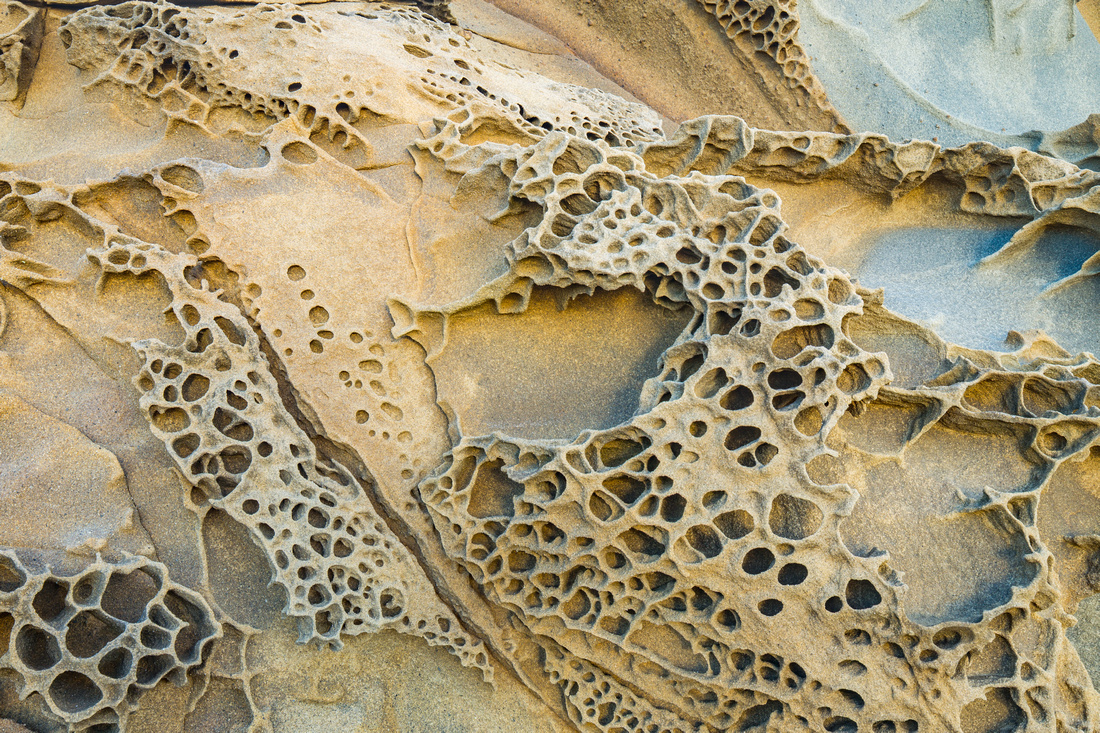 Tafoni, California Coastline Tafoni, California Coastline
Tafoni, California Coastline |
Texture is a key component in a compelling nature photograph. Fortunately, texture is all around us. This article will explain how it adds value, show you how to find it, and how to incorporate it into your photos.
What is texture?
Texture refers to surface characteristics and appearance of an object and may be described as smooth or rough, hard or soft, matt or glossy, fuzzy or soft, or sharp or flat, to name a few. A well done photograph featuring texture can make you feel like you can reach out and feel the surface through the photograph.
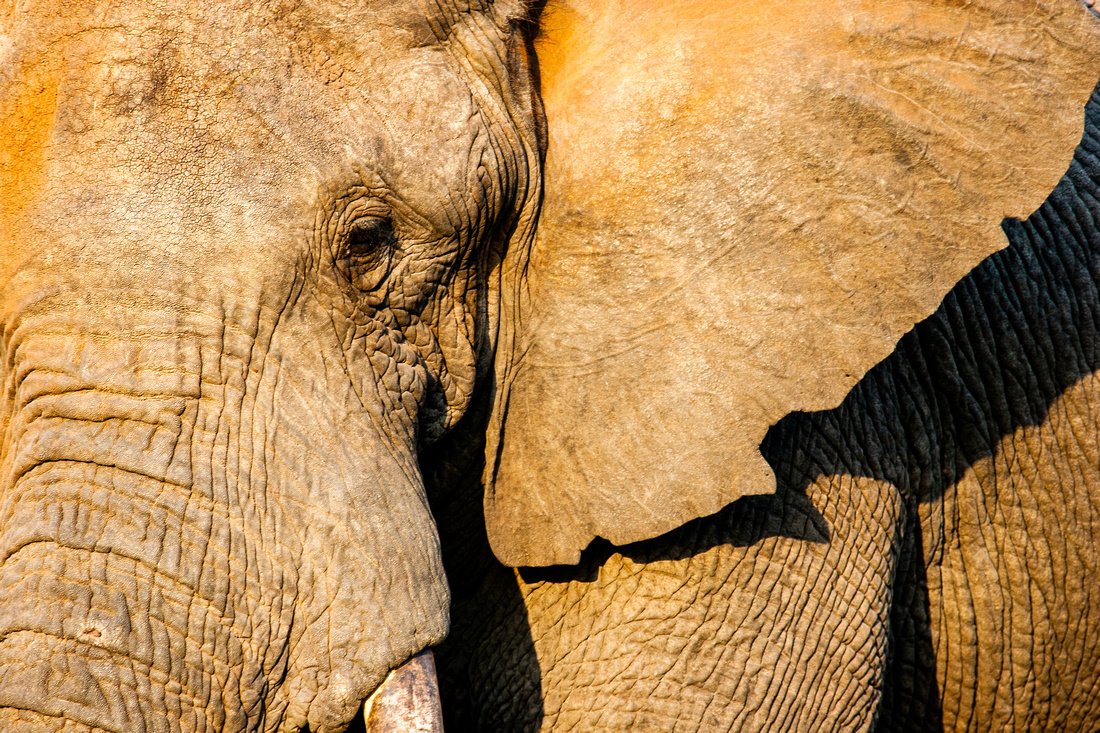 Elephant, Tanzania Elephant, Tanzania
Cholla Cactus, Joshua Tree National Park |
How does texture improve your images?
Texture creates a sense of depth, bringing a three-dimensional characteristic to a two dimensional medium. This is a powerful tool for photographers because we can use this to add drama to what might otherwise be a flat image.
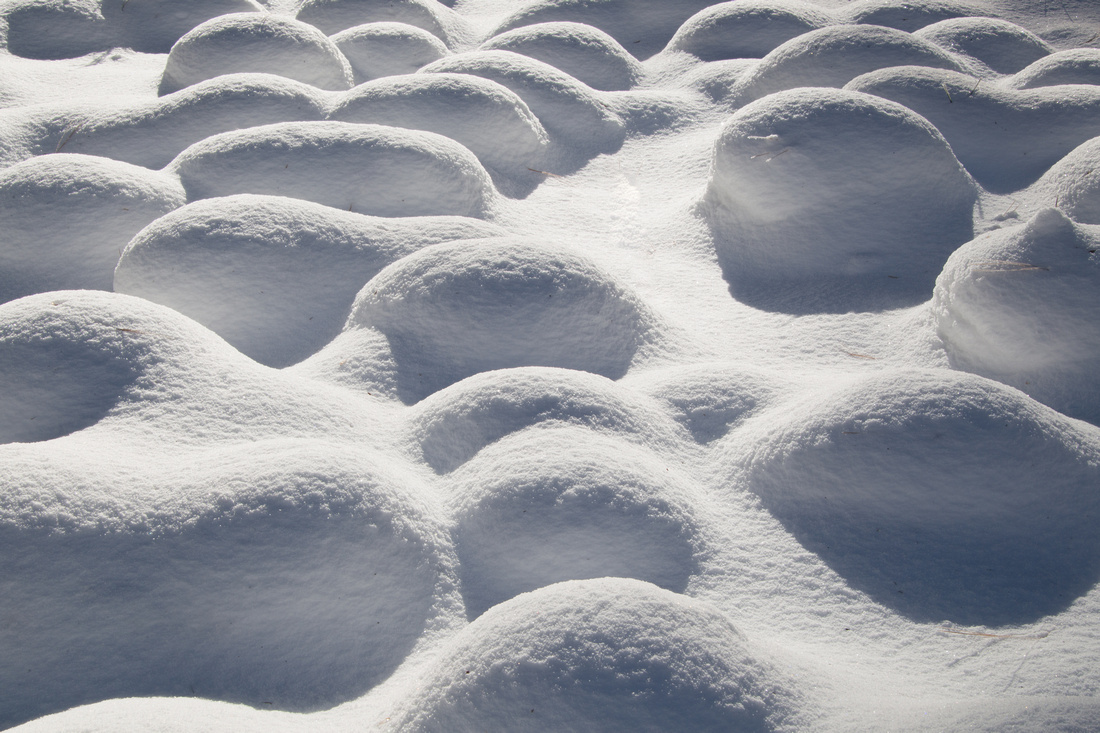 snow mounds, Yosemite National Park snow mounds, Yosemite National Park
Snow mounds, Yosemite National Park |
One of the principles of design is to create variety to hold the viewer's attention and guide them through the photo. Texture provides an additional element that can help you achieve this goal.
It can also be used to convey a message or tell a story when used as part of a larger scene. Think about ripples in a sand dune and what that adds to the story about the environment and conditions.
Where can you find it?
The natural world is rich in texture and you don’t have to go far to find examples that you can begin to incorporate into your photographs. It helps to condition yourself to look for texture in everyday objects, like a leaf, tree bark, or moving water. This may require slowing down and taking a closer look at the things around you - not necessarily a bad thing.
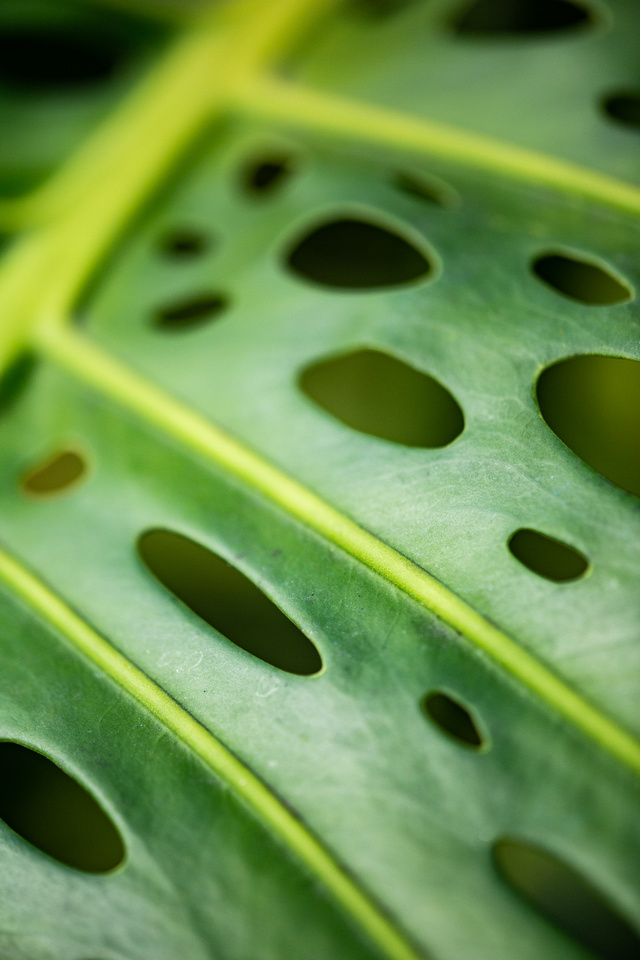 Tropical leaf, Kauai Tropical leaf, Kauai
Tropical Leaf, Kauai |
Once you start looking for textures, you will start noticing them more frequently, and will begin seeing how these can be incorporated into your photographs. Look for 3-5 examples of texture the next time you are in your backyard, on a walk, or our running errands. The more you do this, the more opportunities you will discover.
How do you best capture texture?
Here are five simple tips for capturing texture in your photographs:
- Texture is best captured when it is detailed and sharp. This is accomplished using a smaller aperture with f8 being a good option. Using a tripod will help eliminate camera shake, leading to more sharp images as well.
- Get close to capture those details then step back to incorporate it into a larger composition.
- Shoot during the edges of the day to get that low angled side light that creates contrast and accentuates details.
- Move around the subject, looking for a different perspective. This is a low investment technique that can yield great results.
- Finally, experiment with different shutter speeds. A fast shutter speed will produce a different texture than a slow one.
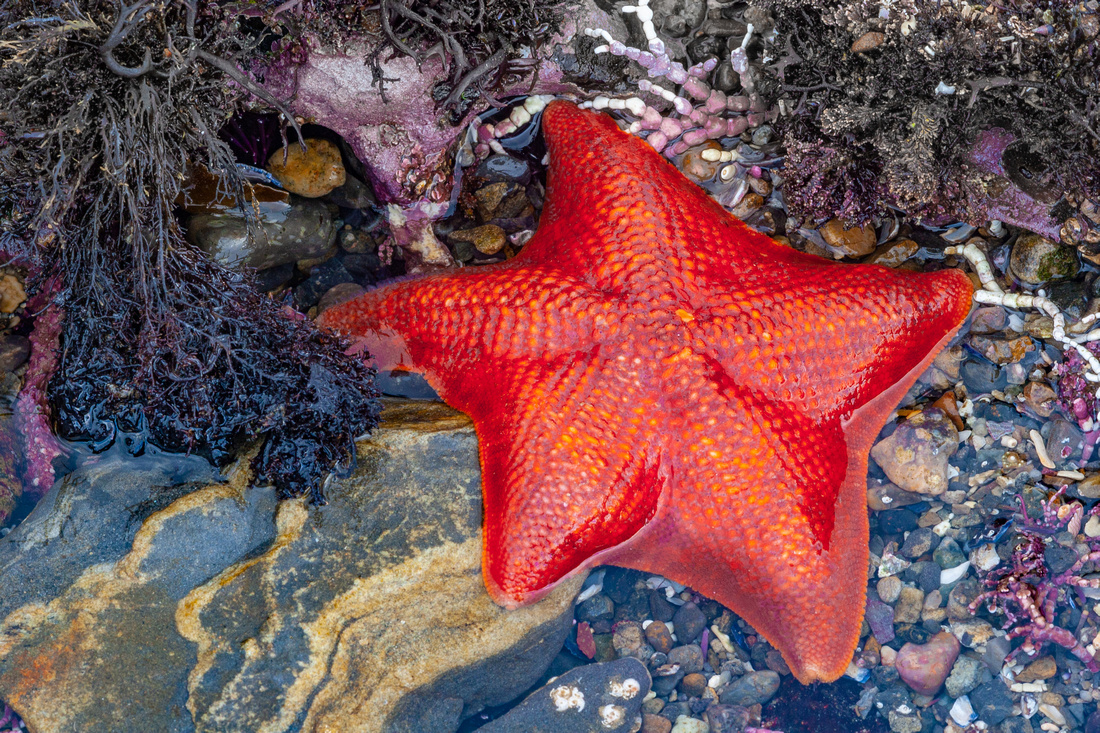 Bat Star Bat Star
Bat Star in Tidepool |
To see more examples of texture in photography, check out my Texture Gallery here.